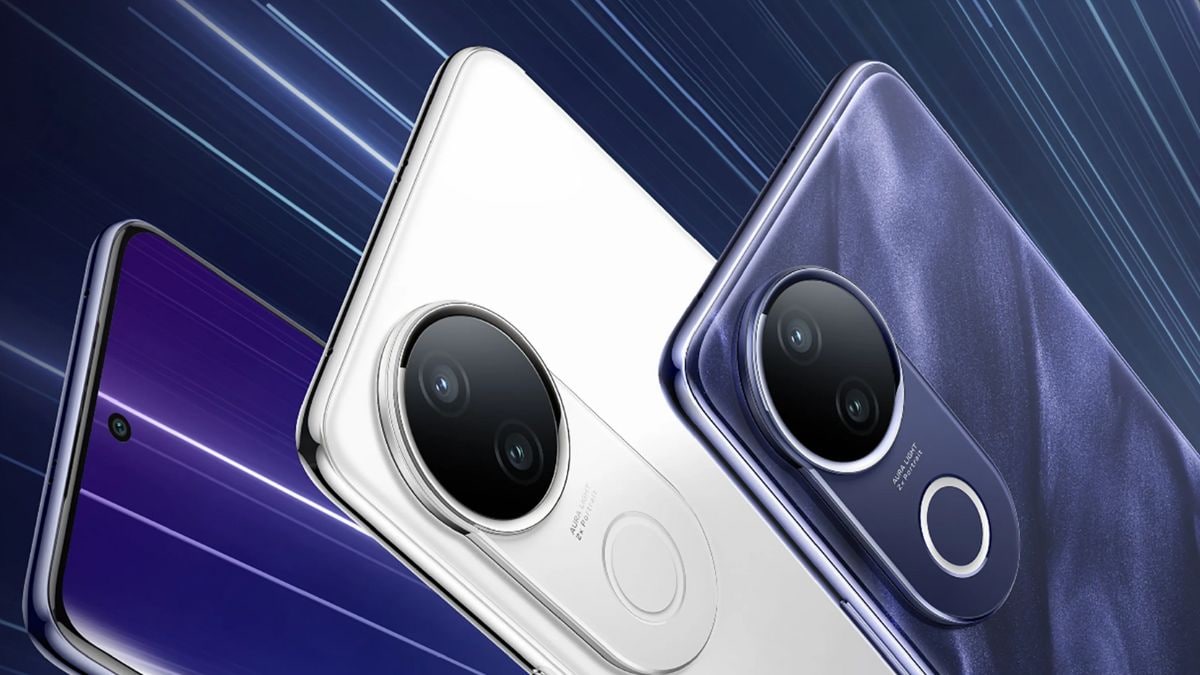GM is investing in battery development startup Mitra Chem
GM is leading a $60 million investment round for battery research company Mitra Chem. The California-based startup could help spur the development of more cathode active materials (CAM) for GM’s electric vehicles.
Mitra Chem’s battery research and design facility touts the use of AI to test out thousands of different cathode designs every month. It can potentially finalize chemistries for new battery cells quicker, including for lithium iron phosphate (LFP) batteries.
GM is looking to update its Ultium battery chemistry with Mitra Chem’s in-progress lithium manganese iron phosphate (LMFP) chemistry and get them to market quicker. Speaking to CNBC, GM VP of technology acceleration and commercialization Gil Golan said that if Mitra Chem succeeds in its developments, the new batteries could make it into GM vehicles later in this decade.
Some automakers are using LFP-based cells already, including Tesla and Ford. There’s less complexity in LFP, it costs less to produce, and they aren’t dependent on the excessive cobalt used in common nickel cobalt manganese (NCM) batteries. Cobalt has a bad rep as the “blood diamond of batteries,” and many automakers are trying to avoid it in the long term.
The downside of LFP is that it isn’t as energy dense as NCM. GM’s Ultium battery system currently uses a variation of NCM, nickel cobalt manganese aluminum (NCMA), where aluminum helps reduce cobalt content. Last year, GM secured 950,000 tons of CAM from LG Chem, enough to build 5 million EVs (assuming the batteries don’t get any bigger).






